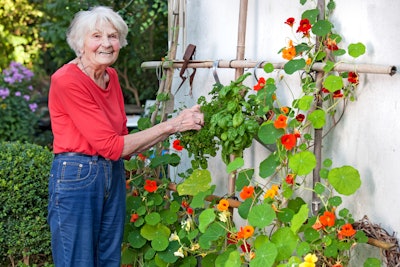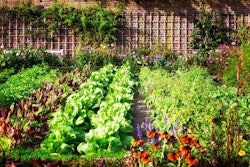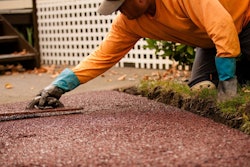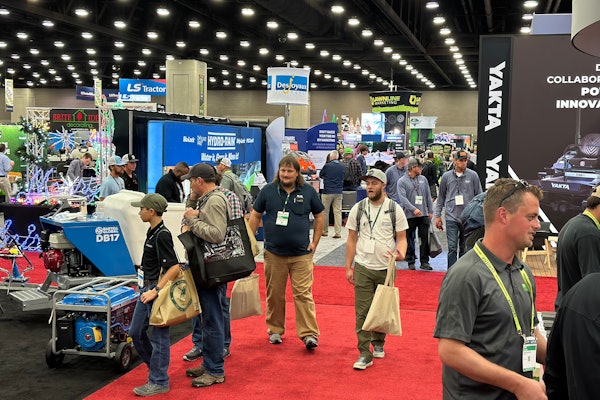
So, what does this aging demographic mean for you and your business? Many baby boomers are fond of their gardening but face a challenge as they age: the work is too much for them.
“The Catch-22 of gardening and seniors is that gardening is good for seniors,” Ricky Kemery, horticulture educator for the Allen County office of the Purdue Cooperative Extension Service, told The News-Sentinel. “It makes them healthier and in a better mood. But it can be too much, and it takes stamina.”
This is where your company can step in to help modify your older clients’ landscape. Instead of being faced with the choice of ripping out their beloved plants, or hiring a company to handle the maintenance that they may not be able to afford on a fixed income, senior citizens can opt to have a more manageable garden designed.
“I’ve had to adjust my attitude,” Dean Failor, a 72-year-old who lives in South Beach, Oregon, told Gardener’s Supply Company. “There comes a time when you just have to say, ‘I’m not up to all that.’ ‘Easy-care’ is the watchword.”
Reduced stamina and lack of mobility are the general issues aging homeowners face. To remedy this, growing plants in containers or raised beds can help reduce the amount of stooping and squatting. Design the beds so that they have enough room for one to sit and weed. Vertical gardening with trellises or arbors is another way to make plants more accessible.
Failor has been gardening for half a century and now grows broccoli, sugar snap peas, and other vegetables in raised beds. He also grows roses but opts for the less fussy cultivars.
Placing stools and other resting places under shady trees throughout the yard can provide places for the elderly to gain respite while still enjoying the outdoors. Low-maintenance plants that can tolerate a number of conditions can help older clients by reducing the amount of care they have to provide.
Paths should be at least four feet wide, smooth, and have good traction for wheelchairs or those using a walker or a cane. It is a good idea for steep slopes to be terraced and steps should be changed to a gently sloped path or have handrails installed.
Placing perennials in larger groups can ensure that there is less room for weeds while planting invasives should be avoided as these can quickly spread and get out of hand for someone who is trying to reduce their maintenance.
If your client wants to grow plants on their own, starting from seeds is the cheapest and least physically demanding option for them. Scaling back what is in the garden is also a good rule of thumb. Talk with your client about what they really enjoy and what chores they dread.
Some of the plants Kemery recommends for older adults are various varieties of daylilies, false sunflower, Walker’s low catnip, perennial salvias, and sedum ‘Autumn Joy.’









